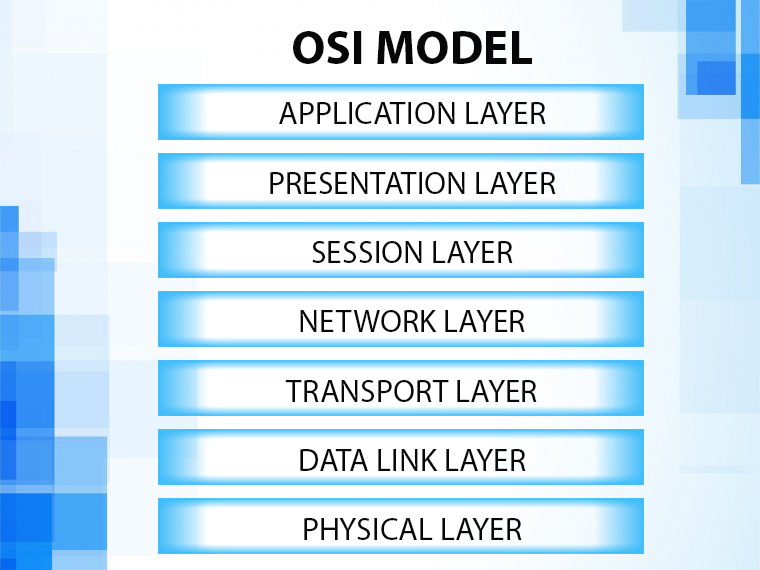Nowadays, it’s a great advantage if future and present testers have basic knowledge of the OSI model, its functionality, principles, etc. Most often, at a job interview with prospective testers, HR specialists assess such knowledge, which contributes to a positive result at the end of the interview.
Obviously, an average tester cannot compare with a network administrator in terms of experience and knowledge of the OSI model but expertise in this area provides an opportunity to move up the career ladder.
A network administrator is a specialist in the design of networks, as well as the regulation and maintenance of their infrastructure. His/her functional responsibilities include monitoring the operation of a computer network, installing and configuring equipment, modernizing the network. This specialist has deep knowledge in the field of network protocols, TCP/IP stack, IPX, routing.
A network protocol is a set of rules and a sequence of actions that enable connection and data exchange. For these protocols, specialists use the OSI network model (Open System Interconnection – interaction of network protocols). Due to it, network devices can communicate with each other.
OSI Structure
The OSI model consists of seven layers and is implemented by a number of communication protocols and rules. Each level has a clearly defined goal.

OSI model
The physical layer defines the physical characteristics of communication lines, the ways of transmitting bits through communication lines connecting network devices. This level contributes to the speed of data transmission, synchronization.
The data link layer defines the rules of use for transmitting data to nodes located in the same segment of the local network. Facilitates the detection of defects and errors that have appeared at the physical level and their elimination. At this level, addressing (MAC, LLS) works, but there is no routing – this is the work of the higher level. The data link layer uses Ethernet protocols.
The network layer defines the paths for data transmission and facilitates the operation of the router.
The transport layer determines the method of data transmission, implements movement control and delivery quality, which facilitates the use of TCP protocols (changes data transmission rates if necessary), UDP, etc.
The session layer facilitates a continuous communication session, manages it, and allows applications to communicate with each other for a long period. PPTP, L2TP – these protocols are used at this level.
The presentation layer defines protocol transformation and data encoding/decoding. MPEG, JPEG, etc.
The application layer provides the relationship between the network and the user. This layer facilitates the operation of all applications, protocols HTTP, POP, SMTP, etc. It provides the ability to receive notifications via email or HTML code.
To Sum Up
The OSI model layer system facilitates network diagnostics (for example, when performing security testing). Also, if a bug is detected, this model will help determine at what level it occurred, which will reduce the time and prevent network reconstruction.
The network administrator must ensure that this model is up and running smoothly, and if a problem arises, it must be resolved as soon as possible. Concerning the work of the tester, when a problem occurs, he should establish the cause and provide a possible solution scenario.










Leave A Comment